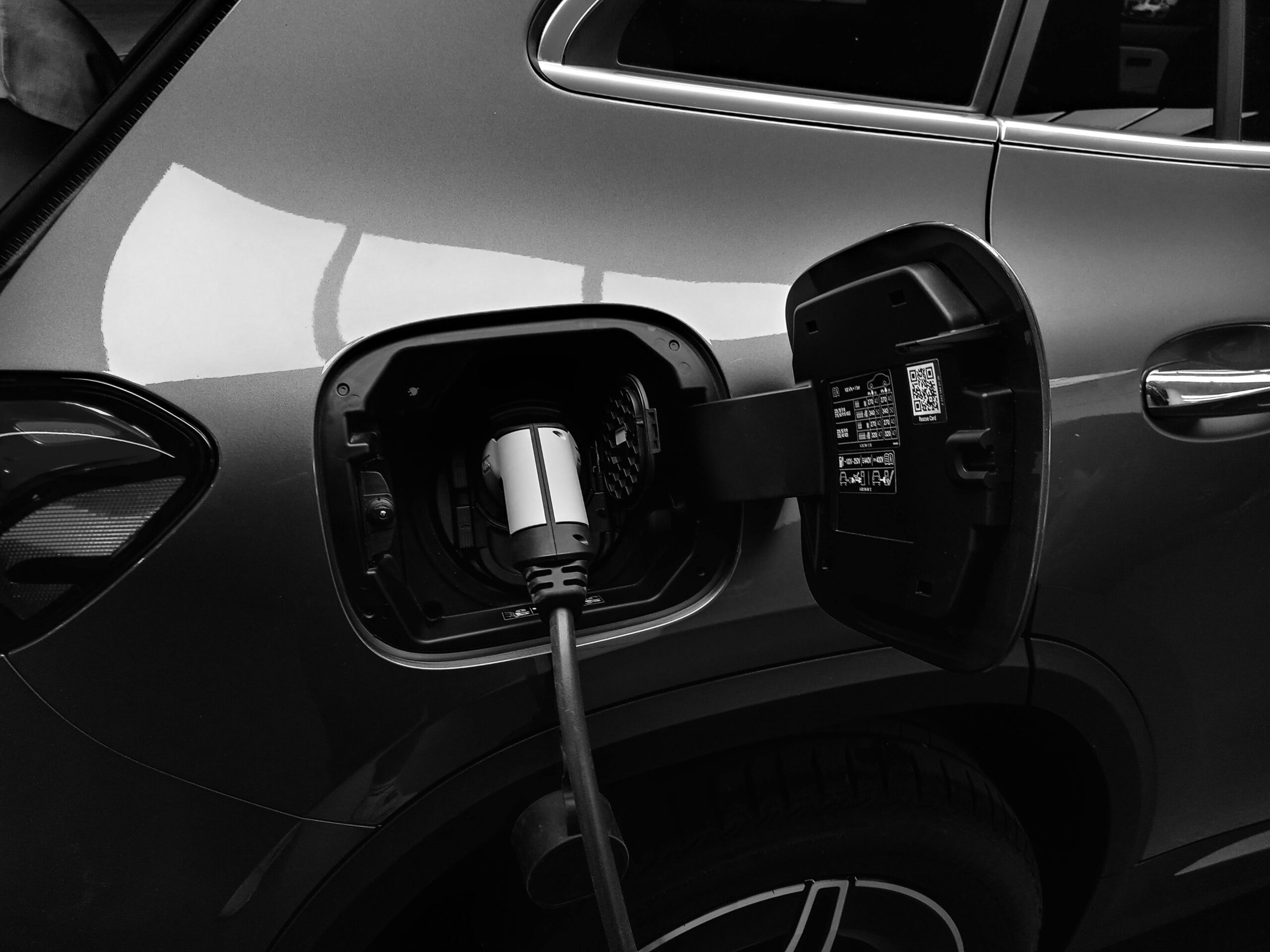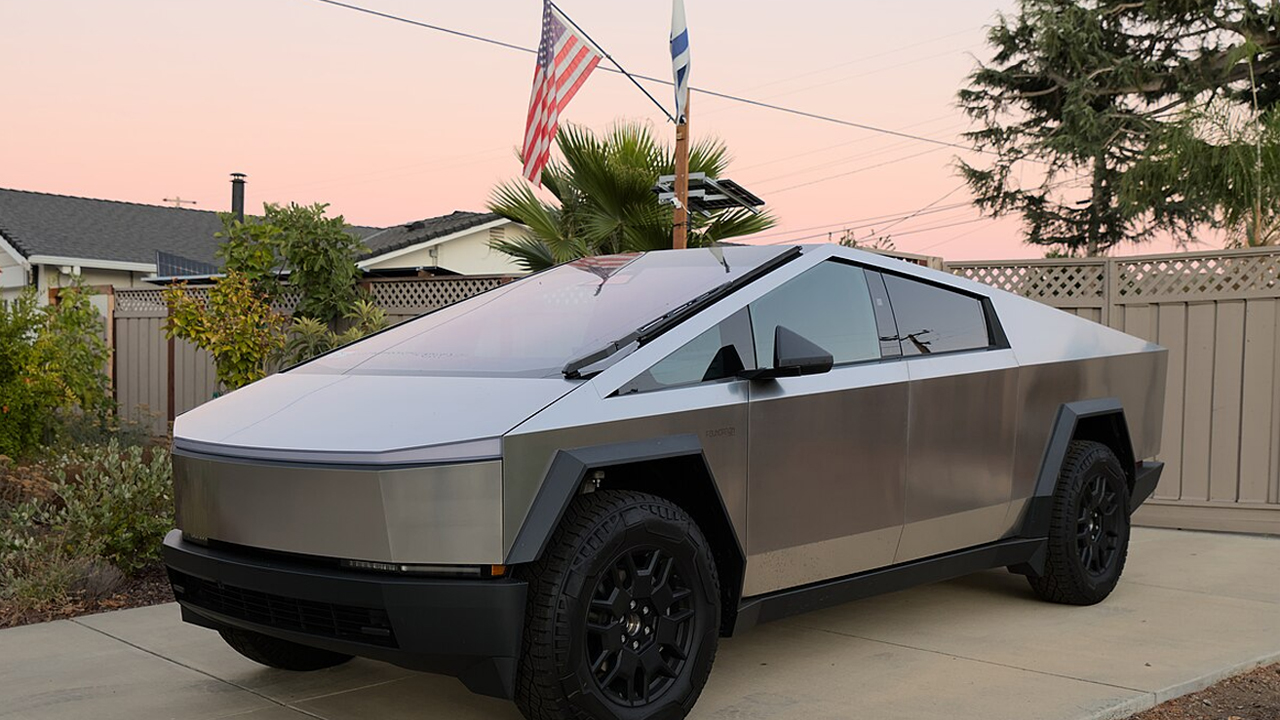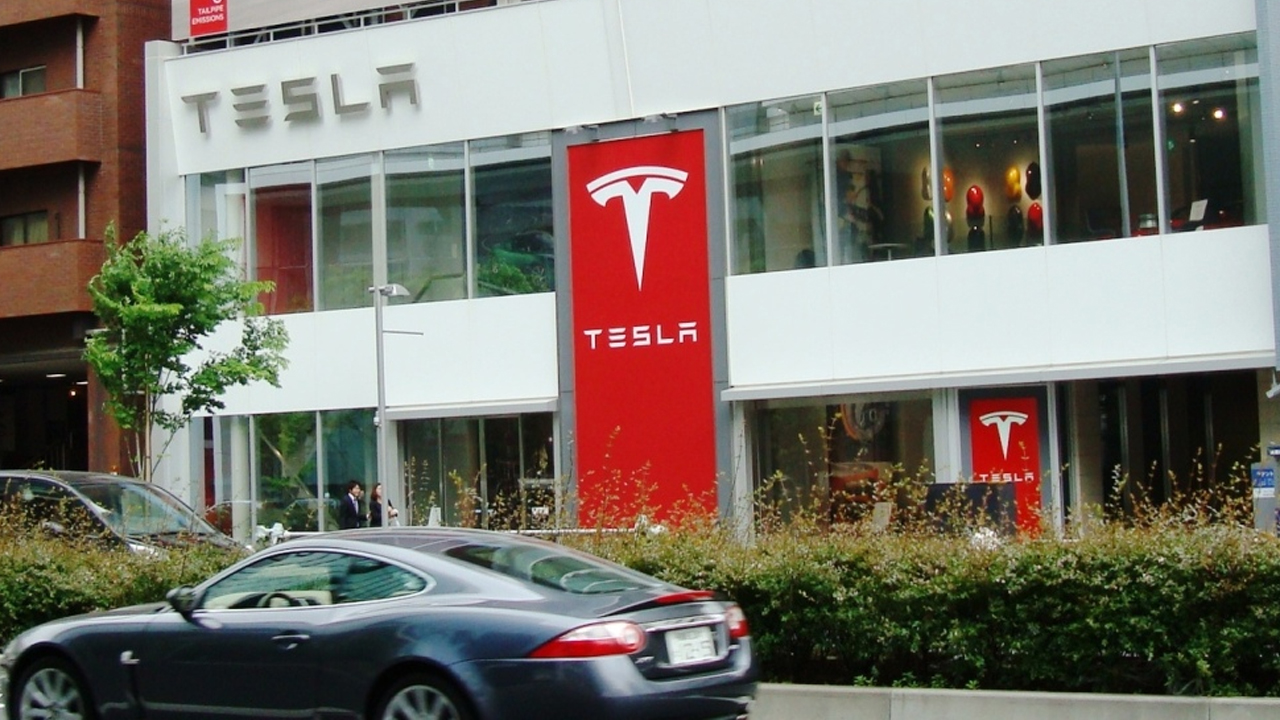Electric vehicles are becoming more common, and for good reason—lower emissions, less maintenance, and big savings on gas. But not every EV is a great deal. Some look good on the surface but end up costing more time, money, or sanity than they’re worth. Whether it’s reliability issues, terrible resale value, or just plain bad design choices, these are the electric vehicles that raise red flags.
BMW i3: High Maintenance, Low Range
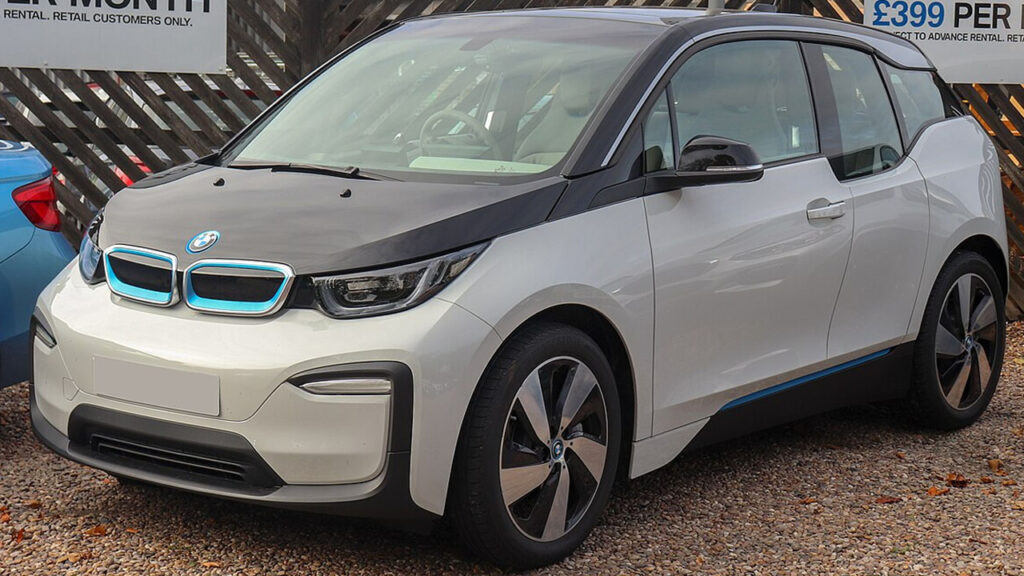
The BMW i3 looks futuristic, but that’s about where the appeal ends. Its limited range makes it impractical for anything beyond short city commutes, and the carbon fiber body—while lightweight—leads to expensive and complicated repairs when something goes wrong.
On top of that, replacement batteries and other components can carry a shocking price tag. There are reports of repair bills hitting $30,000 due to battery system failures. It’s a compact EV with the maintenance profile of a luxury car, which makes it hard to justify for most buyers. (Source: Jalopnik)
Jaguar I-Pace: Luxury Comes at a Cost
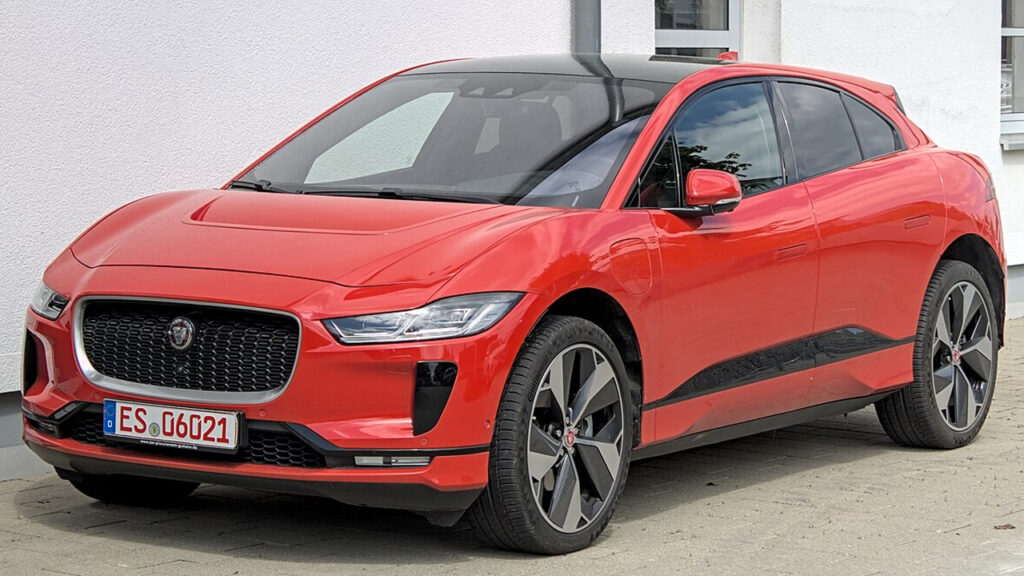
The Jaguar I-Pace might turn heads, but under the hood, it’s been plagued by software bugs and battery system issues. Owners report problems with charging, infotainment glitches, and random warning lights. For a vehicle that costs upward of $70,000, that’s a lot of hassle.
Even worse, service turnaround times can stretch out since not every Jaguar dealer is equipped or trained to work on EVs. When you pay a premium price, you expect premium reliability—and the I-Pace just doesn’t deliver that. (Source: What Car?)
GMC Hummer EV: Size Isn’t Everything
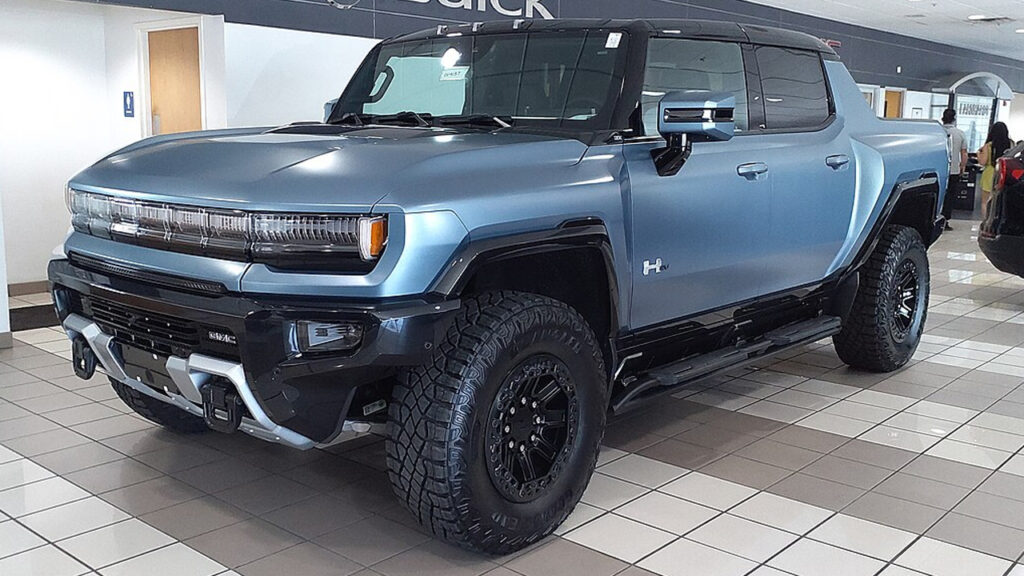
The GMC Hummer EV is a beast on the road—literally. Weighing over 9,000 pounds, it’s one of the heaviest passenger vehicles ever made. That much weight creates serious concerns in terms of braking distance, tire wear, and what happens if it crashes into something smaller.
Despite being electric, the Hummer EV is far from efficient. It consumes more electricity per mile than any EV on the market and produces high levels of particulate matter from tire and road wear. It’s less a clean energy vehicle and more a status symbol in disguise. (Source: MotorTrend)
Tesla Cybertruck: Not Ready for the Real World

The Tesla Cybertruck’s design is eye-catching, but the execution has been rocky. Early deliveries were hit with multiple recalls—ranging from stuck accelerator pedals to windshield wiper malfunctions. There’s also growing concern around the vehicle’s stainless steel body being prone to scratches and panel alignment issues.
Tesla even began offering free wraps to owners to cover up the finish—something you don’t typically see from a brand known for minimalism. Combine that with inconsistent panel gaps and questionable build quality, and it feels more like a concept car than something ready for daily use. (Source: Carscoops)
VinFast VF8: A Rough Start You Should Avoid

The VinFast VF8 launched with big promises, but real-world reviews have been brutal. Drivers noted awkward steering, uncomfortable suspension, and unreliable range estimates. One test drive review even described it as “unfinished,” which is never a good sign for a brand-new vehicle.
To make things worse, support infrastructure is almost nonexistent in most areas. And since VinFast is still building its U.S. presence, resale value is basically a gamble. Until they refine the product and expand service capabilities, this is one EV better left on the lot. (Source: MotorTrend)
Not Every EV Is Worth the Hype
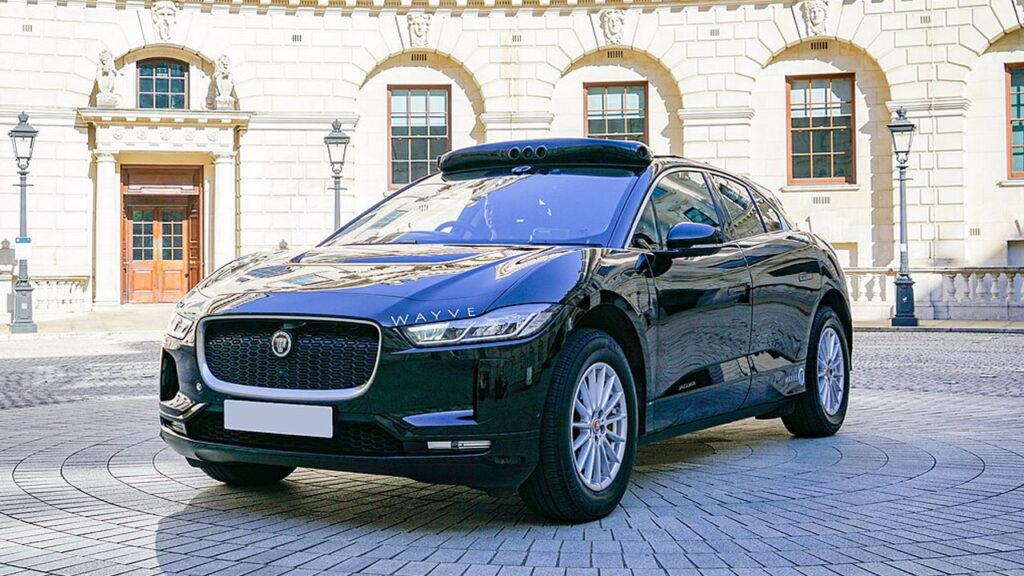
Electric vehicles are here to stay, but that doesn’t mean every one of them is a smart buy. These models either ask too much for what they offer or have serious concerns that still haven’t been worked out. If you’re looking for an EV, do the homework, check long-term reviews, and don’t get blinded by a flashy design or a familiar badge.
